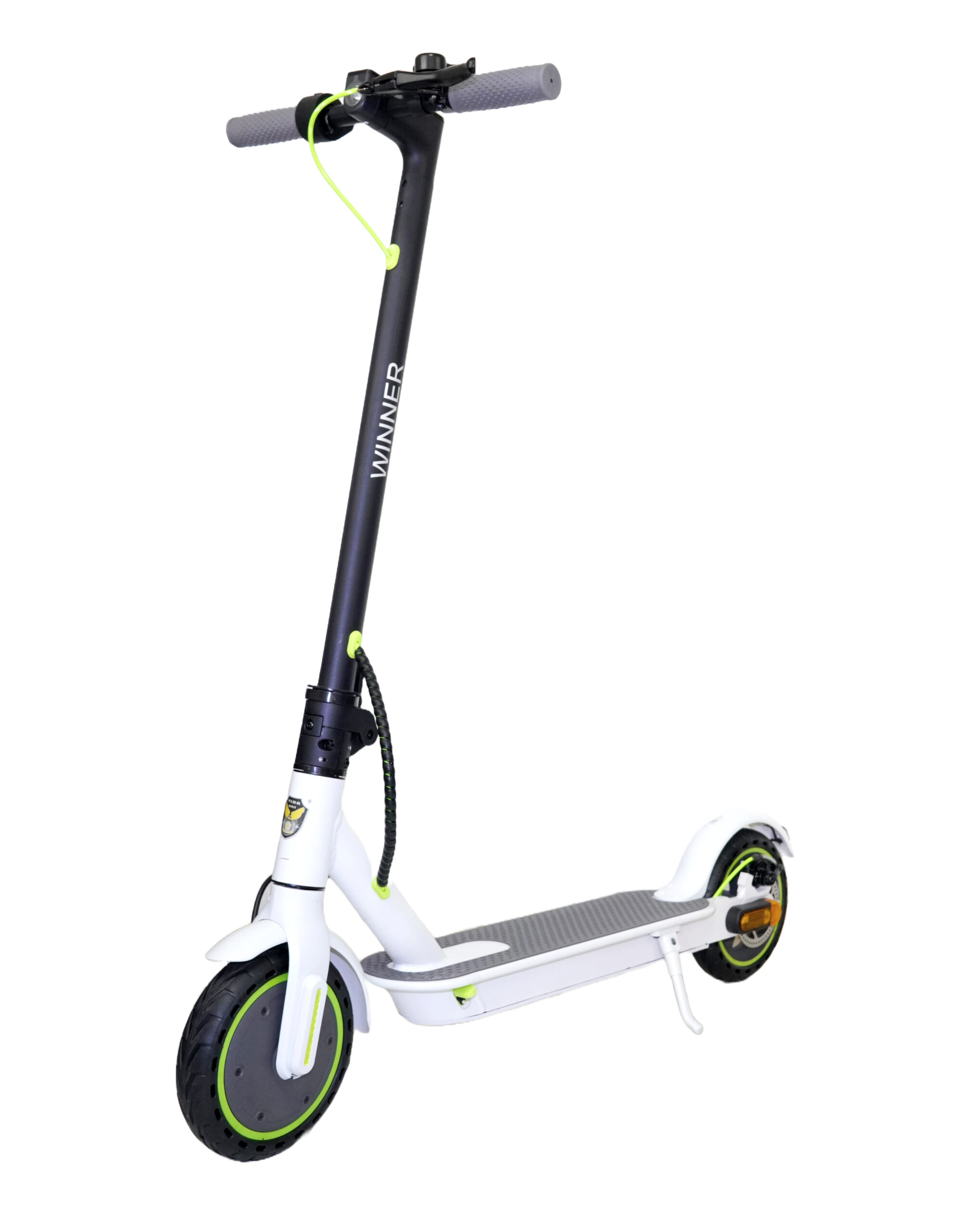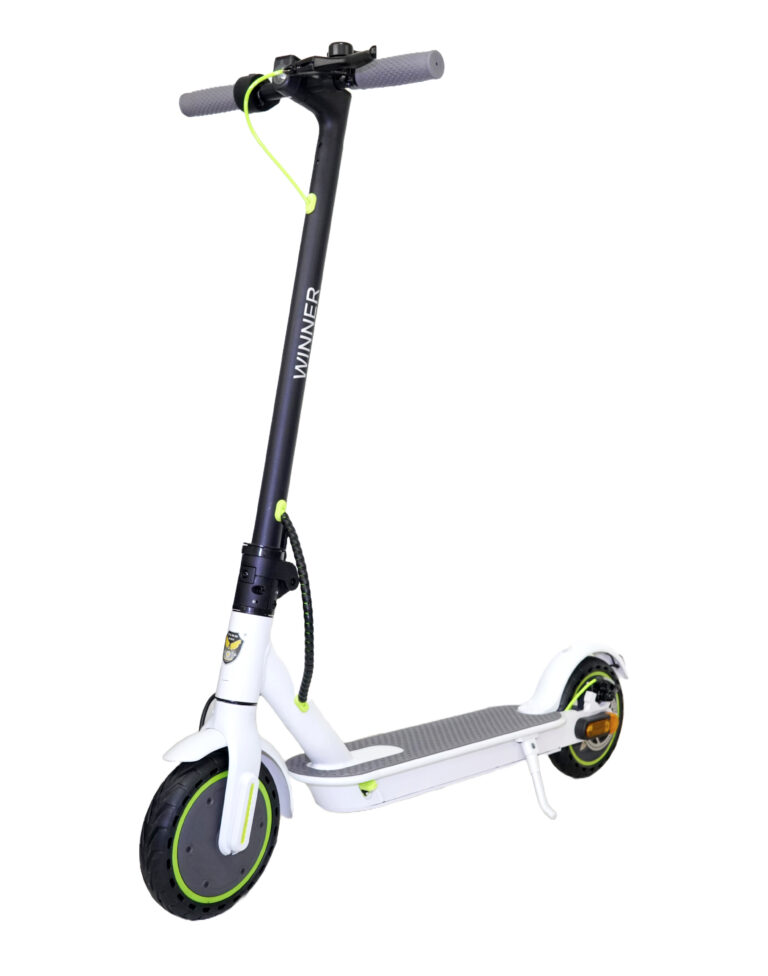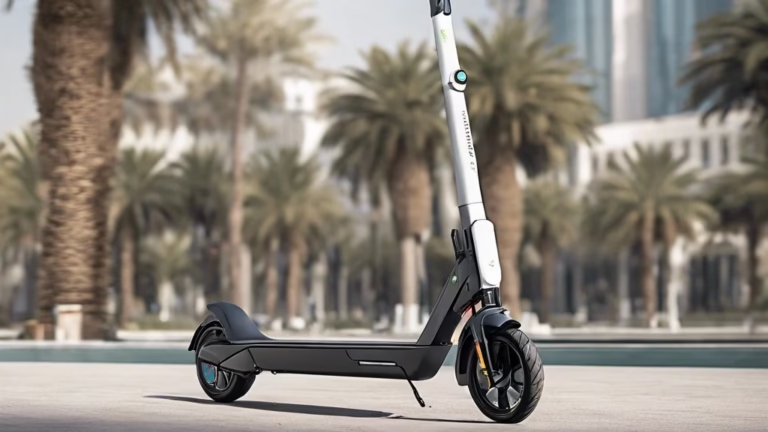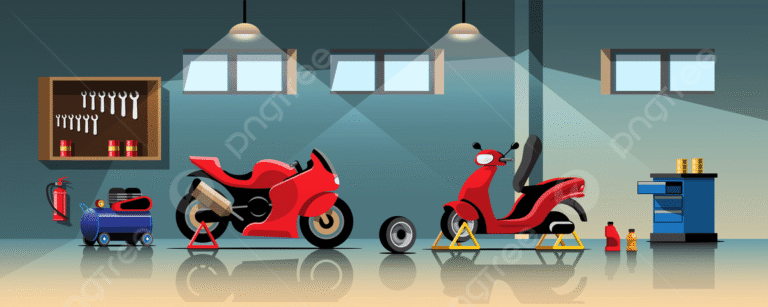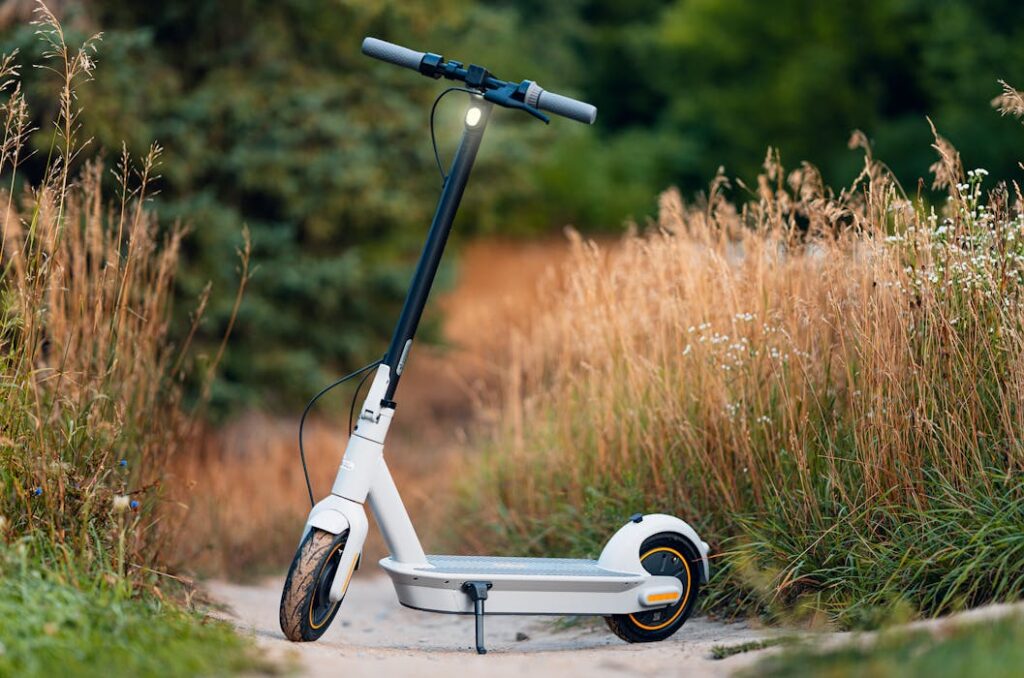
Electric Scooter Care and Maintenance Guide
Table of Contents
- Introduction
- Importance of Regular Maintenance
- Daily Maintenance Tips
- Weekly Maintenance Checklist
- Monthly and Seasonal Inspections
- Battery Care and Longevity
- Tire Maintenance (Solid vs. Pneumatic)
- Brake System Care
- Cleaning and Exterior Maintenance
- Electrical System and Components
- Storage Best Practices
- Riding Habits That Affect Scooter Health
- Troubleshooting Common Issues
- Pro Tips for Long-Term Durability
- Conclusion
1. Electric Scooter Care and Maintenance Guide Introduction
Electric scooters have revolutionized urban commuting, offering an eco-friendly, cost-effective, and convenient way to travel. As more people turn to e-scooters for daily travel, the importance of proper care and maintenance becomes evident. Whether you’re a daily commuter in a busy city or a weekend rider, knowing how to maintain your electric scooter ensures optimal performance, safety, and longevity.
2. Importance of Regular Maintenance
Just like any other vehicle, electric scooters require consistent maintenance to function effectively. Regular care:
- Enhances safety: A well-maintained scooter reduces the risk of brake failure, tire blowouts, or electrical malfunctions.
- Increases lifespan: Proper care ensures that the motor, battery, and frame last much longer.
- Saves money: Preventive maintenance is cheaper than repairing major failures.
- Preserves resale value: A clean, well-cared-for scooter retains more of its value if you decide to sell or upgrade.
Neglecting your scooter can lead to decreased performance, costly repairs, or even accidents.
3. Daily Maintenance Tips
Every time you ride, take a minute or two to run through a quick checklist:
- Check tire condition and pressure
Ensure tires are inflated properly (for pneumatic tires) and inspect for visible damage. - Test the brakes
Squeeze the brake lever and make sure it’s responsive. Listen for squeaking or scraping. - Inspect the battery level
Make sure your battery has enough charge for your trip and isn’t depleting unusually fast. - Look for loose screws or parts
Especially around the handlebars, folding mechanism, and wheel mounts. - Lights and display
Test front and rear lights as well as the dashboard or digital display.
These small checks help prevent major issues and ensure a smooth, safe ride every day.
4. Weekly Maintenance Checklist
Once a week, dedicate 15–20 minutes to more thorough care:
- Clean the scooter
Use a damp microfiber cloth to remove dust, dirt, and grime. Pay attention to hard-to-reach areas. - Lubricate joints and moving parts
Especially around the folding mechanism and suspension system. - Inspect brake pads
Check for wear and alignment. Squeaky brakes may indicate misalignment or dirty pads. - Tighten bolts and screws
Vibrations from daily use can loosen screws over time. Use the correct tools to ensure they’re snug. - Check the frame
Look for any signs of stress, cracks, or corrosion, especially if you’ve ridden in wet or salty environments.
5. Monthly and Seasonal Inspections
Monthly inspections go deeper and include:
- Battery performance review
Note any changes in how fast the battery drains or charges. - Firmware updates
If your scooter connects to an app, check for software or firmware updates. - Test ride performance
Listen for unusual noises and monitor acceleration and brake response. - Check wheel alignment
Misaligned wheels can cause uneven tire wear and impact handling. - Assess suspension and shock absorbers
Bounce the scooter slightly to test their responsiveness.
In extreme climates (hot summers, cold winters), seasonal checks should include battery health and component wear.
6. Battery Care and Longevity
The battery is the most critical and expensive component of your electric scooter. Proper battery care includes:
- Avoid overcharging
Disconnect the charger once fully charged to prevent heat buildup. - Don’t let it drop below 20% frequently
Deep discharges shorten lithium-ion battery life. - Charge at room temperature
Charging in very hot or cold conditions damages battery cells. - Use only manufacturer-approved chargers
Cheap third-party chargers can damage battery circuitry or start fires. - Storage tips
Store the battery between 40–60% charge if not in use for extended periods.
Following these tips can extend your battery life from 2 years up to 5 years, depending on usage.
7. Tire Maintenance (Solid vs. Pneumatic)
Pneumatic (Air-Filled) Tires:
- Offer better shock absorption and grip.
- Require regular pressure checks.
- More susceptible to punctures.
- Recommended pressure is usually printed on the sidewall.
Care Tips:
- Use a tire gauge weekly.
- Patch minor punctures with repair kits.
- Replace tires with visible cracks or bald spots.
Solid Tires:
- Maintenance-free (no inflation needed).
- Less comfort on rough terrain.
- Tend to last longer but are harder to replace.
Care Tips:
- Check for chunks, warping, or flat spots.
- Clean thoroughly to avoid embedded debris.
8. Brake System Care
There are typically three types of brakes in electric scooters:
- Mechanical (disc or drum)
- Electronic (regenerative)
- Foot brakes (less common)
Maintenance Tips:
- Adjust mechanical brakes regularly for tightness and responsiveness.
- Clean brake discs with a cloth and isopropyl alcohol.
- Replace worn pads—squeaking or grinding is a sign.
- Test electronic brakes for responsiveness. If you feel lag, consult the manufacturer.
9. Cleaning and Exterior Maintenance
Keeping your scooter clean improves aesthetics and prevents component damage.
Do’s:
- Use a damp cloth—not a soaked rag or hose.
- Clean the deck, stem, wheels, and undercarriage.
- Use mild detergent for stubborn grime.
- Dry thoroughly to prevent rust or corrosion.
Don’ts:
- Never submerge your scooter.
- Avoid cleaning near charging ports or electronics.
In dusty or sandy areas, clean more frequently to prevent buildup that could affect wheels or joints.
10. Electrical System and Components
Your electric scooter includes wiring, controllers, a motor, and LED components. Here’s how to maintain them:
- Check connectors for signs of wear or rust.
- Monitor dashboard errors—blinking lights or error codes indicate problems.
- Avoid water exposure—most scooters are only water-resistant, not waterproof.
- Inspect throttle and brakes for consistent response.
- Replace damaged cables immediately to prevent short-circuits.
If you experience sudden power cuts or flickering, consult a technician or your scooter’s manual.
11. Storage Best Practices
Improper storage can shorten your scooter’s life drastically.
Short-Term:
- Store in a shaded, cool, and dry place.
- Avoid leaving it in your car (excessive heat damages the battery).
- Use a kickstand to prevent tip-overs.
Long-Term:
- Charge the battery to 50%.
- Clean thoroughly before storing.
- Cover with a breathable cloth cover (avoid plastic tarps that trap moisture).
- Store off the ground if possible to prevent moisture from seeping in.
12. Riding Habits That Affect Scooter Health
How you ride can make a big difference.
Do:
- Ride at moderate speeds.
- Avoid potholes and uneven terrain when possible.
- Use designated bike or scooter lanes.
- Glide over curbs rather than jumping them.
Don’t:
- Overload the scooter beyond its weight capacity.
- Ride in heavy rain or through puddles.
- Brake suddenly or aggressively unless necessary.
- Accelerate hard on hills (it strains the motor).
Good habits not only keep you safe but also reduce wear and tear.
13. Troubleshooting Common Issues
| Issue | Likely Cause | Solution |
|---|---|---|
| Scooter won’t turn on | Battery dead, loose wire | Charge, check wiring |
| Weak acceleration | Battery issues, motor wear | Charge, inspect motor |
| Wobbling wheels | Loose bolts, misaligned tires | Tighten bolts, realign |
| Noisy brakes | Dirt or worn pads | Clean, replace pads |
| Display errors | Firmware or electrical faults | Restart, update firmware |
Always refer to your model’s manual for specific solutions.
14. Pro Tips for Long-Term Durability
- Record maintenance: Keep a log of repairs and battery performance.
- Invest in quality accessories: Helmets, locks, storage cases.
- Join online communities: Forums and social media groups offer tips and support.
- Get professional servicing: Annually or if something feels off.
- Use rubber protectors: For charging ports and joints to keep out dust and moisture.
15. Electric Scooter Care and Maintenance Guide Conclusion
Caring for your electric scooter is a mix of simple habits and scheduled maintenance. Whether you ride for convenience, cost savings, or environmental reasons, regular upkeep ensures you get the most from your investment. With consistent care, you can expect years of smooth riding and dependable performance.

